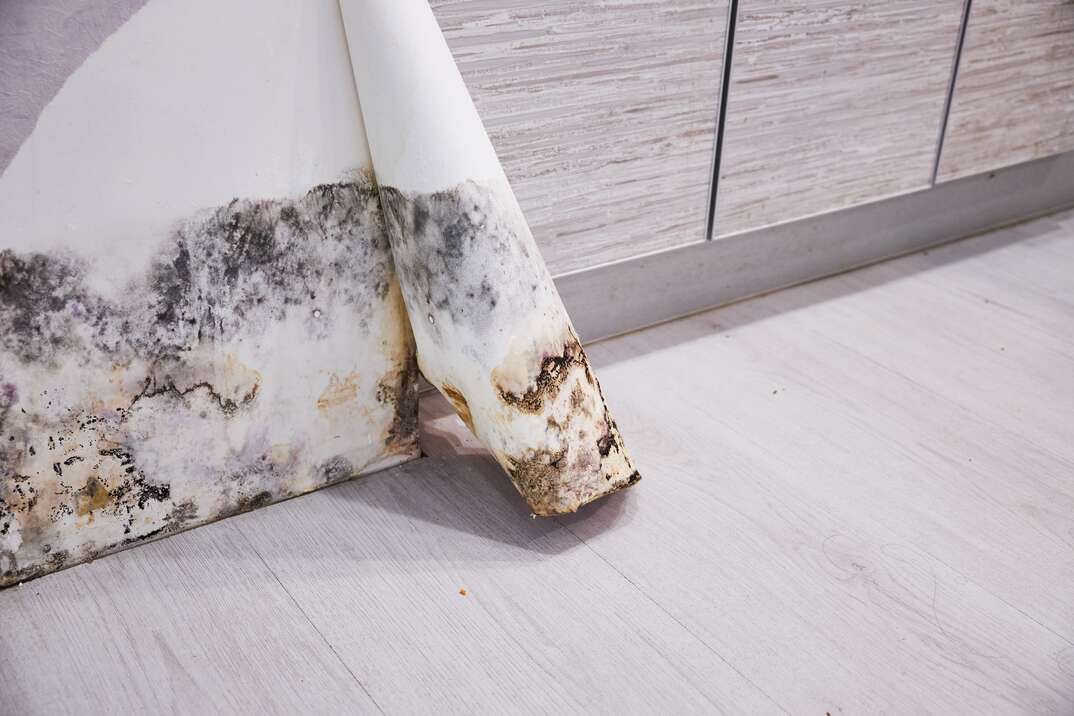Important Actions After Mold Remediation
Important Actions After Mold Remediation
Blog Article
Effective Post Mold Remediation Solutions for Your Home
Mold development in homes can be a relentless issue, typically needing an organized technique for reliable post-remediation solutions. From understanding the aspects that contribute to mold advancement to executing appropriate cleansing strategies and dampness control procedures, the process can be detailed yet vital for preserving a healthy and balanced living atmosphere. Post Mold Remediation.
Understanding Mold And Mildew Growth Factors
The key variable contributing to mold and mildew development is wetness. Mold spores call for wetness to sprout and flourish, making wet or moist environments highly vulnerable to mold infestations.

In addition, air movement and light exposure can affect mold and mildew growth. Locations that lack correct air flow and all-natural light are a lot more susceptible to mold and mildew advancement. By addressing these aspects comprehensively, individuals can successfully alleviate mold and mildew growth and secure their living environments.
Proper Mold And Mildew Cleaning Techniques
Using effective cleansing methods is essential in attending to and preventing the reappearance of mold contamination in interior atmospheres. The first step in proper mold and mildew cleaning is to consist of the affected area to avoid the spread of spores to unpolluted areas.

Executing Wetness Control Procedures
To successfully prevent mold and mildew development and contamination in interior environments, executing wetness control actions is extremely important. Additionally, making sure appropriate ventilation in locations susceptible to moisture accumulation, such as cooking areas and shower rooms, can assist lower the risk of mold development. By carefully implementing these dampness control procedures, home owners can effectively minimize the chance of mold recontamination and maintain a healthy indoor setting.
Making Use Of Natural Remediation Solutions
After effectively carrying out wetness control steps to avoid mold and mildew development in indoor settings, house owners can now explore the efficiency of all-natural remediation services in preserving a healthy and balanced living space. All-natural remediation options make use of environmentally friendly techniques to battle mold and mildew, making them a popular option for those looking for safe options. By including these natural remediation options right into their cleaning routines, property owners can right here properly deal with mold growth while promoting a healthier interior environment for themselves and their families.

Preserving a Mold-Free Atmosphere
In order to prevent mold and mildew reoccurrence and ensure a constantly mold-free environment, it is crucial for homeowners to execute positive maintenance practices. Consistently checking locations vulnerable to mold and mildew growth, such as restrooms, attic rooms, cooking areas, and cellars, is essential. Addressing any kind of leakages, water damage, or excess moisture without delay can dramatically lower the danger of mold growth. After mold remediation. Appropriate ventilation in locations with high moisture levels is additionally vital to avoid mold and mildew growth. Making use of dehumidifiers or exhaust fans can assist maintain ideal dampness levels and prevent mold spores from growing.
Furthermore, maintaining cleanliness in the home is important for mold and mildew avoidance. Keeping indoor plants in check and making sure appropriate drain in exterior landscape design can minimize moisture accumulation, reducing the likelihood of mold infestations.
Conclusion
In final thought, it is vital to address mold and mildew development elements, utilize appropriate cleaning strategies, implement moisture control measures, use all-natural remediation remedies, and maintain a mold-free atmosphere in order to efficiently deal with article mold remediation in your house - what to do after mold remediation. By complying with these approaches, you can avoid mold and mildew from persisting and make certain a healthy and balanced living atmosphere for you and your household
The main element contributing to mold and mildew development is dampness. Mold and mildew spores call for dampness to sprout and thrive, making moist or damp environments zep mold removal very vulnerable to mold invasions.To properly prevent mold development and contamination in interior settings, carrying out dampness control measures is extremely important. Additionally, ensuring correct ventilation in locations prone to moisture buildup, such as washrooms and cooking areas, can assist decrease the his explanation threat of mold and mildew growth.After efficiently carrying out moisture control actions to protect against mold and mildew development in indoor environments, property owners can now check out the performance of natural remediation services in keeping a healthy living space.
Report this page